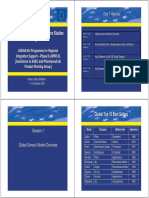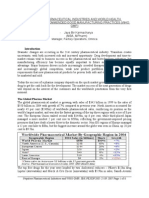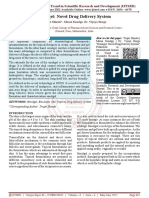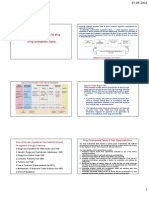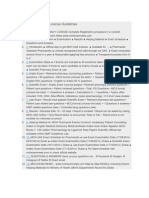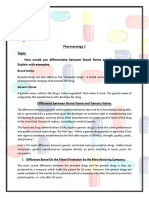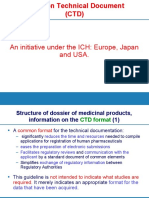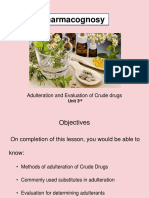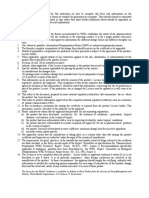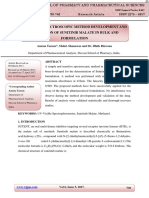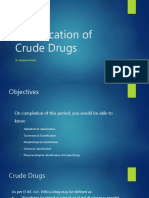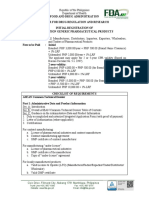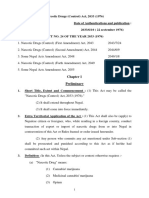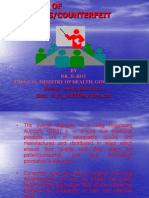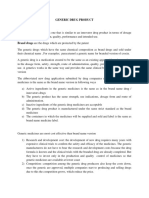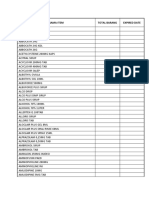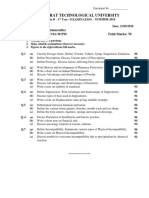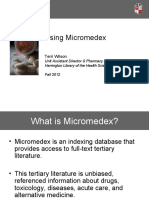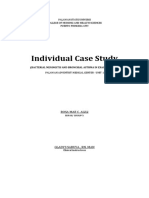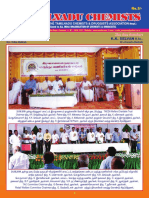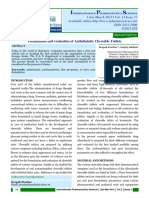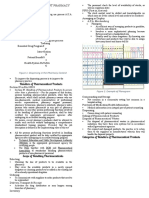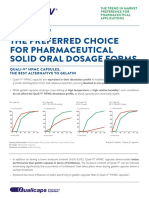0% found this document useful (0 votes)
186 views12 pagesPharmacy Patents & Generics Guide
The document discusses patents and generics drugs. It defines a patent as giving the owner the legal right to exclude others from making, using, or selling an invention for a limited period of years in exchange for publicly disclosing the invention. Patents on drugs typically last 20 years. When patents expire, generic drug makers can begin marketing generic versions. Generics contain the same active ingredients but may differ in characteristics and are approved as bioequivalent to the original through an abbreviated new drug application. The document also defines generics and discusses their regulation, economics, and role in increasing access to medicines after patent expiration.
Uploaded by
Zeba NiazCopyright
© © All Rights Reserved
We take content rights seriously. If you suspect this is your content, claim it here.
Available Formats
Download as DOCX, PDF, TXT or read online on Scribd
0% found this document useful (0 votes)
186 views12 pagesPharmacy Patents & Generics Guide
The document discusses patents and generics drugs. It defines a patent as giving the owner the legal right to exclude others from making, using, or selling an invention for a limited period of years in exchange for publicly disclosing the invention. Patents on drugs typically last 20 years. When patents expire, generic drug makers can begin marketing generic versions. Generics contain the same active ingredients but may differ in characteristics and are approved as bioequivalent to the original through an abbreviated new drug application. The document also defines generics and discusses their regulation, economics, and role in increasing access to medicines after patent expiration.
Uploaded by
Zeba NiazCopyright
© © All Rights Reserved
We take content rights seriously. If you suspect this is your content, claim it here.
Available Formats
Download as DOCX, PDF, TXT or read online on Scribd
/ 12



